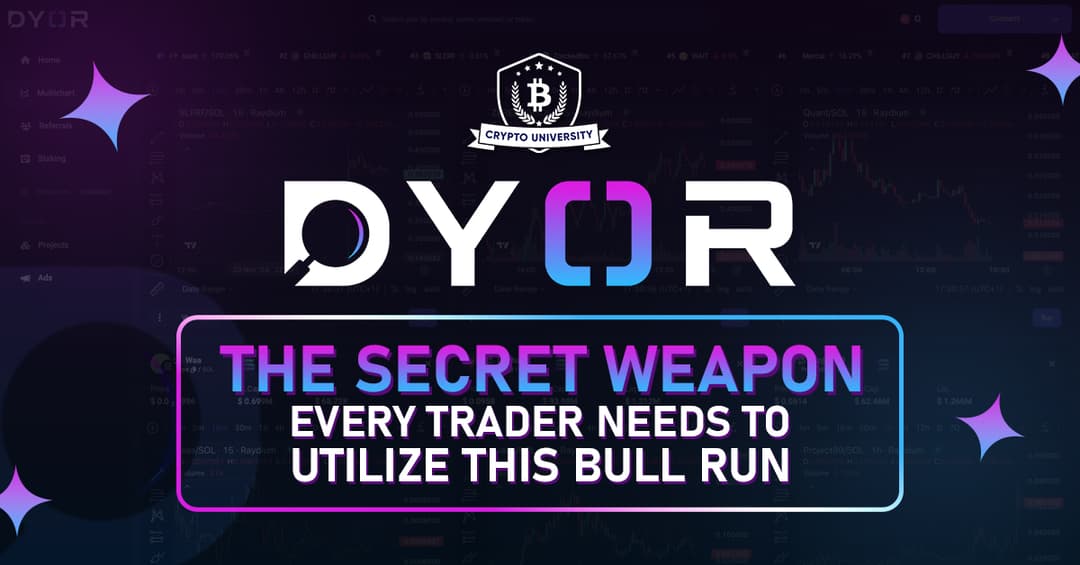The crypto space has been rapidly evolving since its creation. Many projects have sprung up looking to improve scalability and bridge multiple chains. Before talking about Polkadot, we should know that we are dealing with a truly innovative project, trying to be a network among networks.
This can facilitate transactions from one blockchain to another, providing security in them. Its token, DOT, is the ideal complement.
What is Polkadot?
It is an open source project that enables the evolution of blockchain technology. Polkadot aims to introduce interoperability between different blockchains, allowing them to exchange data and thus be able to develop more powerful services and applications.
There are many projects that work on developing Atomic Swap solutions, which favors the exchange of data and cryptocurrencies between different blockchains. Users will be able to exchange bitcoins for Ether and vice versa without depending on a centralized exchange.
Polkadot has individual blockchains called parachains (parallel blockchains) and a main chain called the Relay Chain. The objective is that the Relay chain and the parachains can exchange information with great ease.
DOT Token
Like any other blockchain project, Polkadot has its own token called DOT. The DOT token has several features:
- Users with DOT tokens have governance rights over the platform. Allows determining network fees, voting on proposed network upgrades, and allowing parachains to be deployed or removed
- It was designed to facilitate consensus on the network through staking. By leveraging DOT tokens, it helps to maintain the security of the network, incentivizing following the consensus
- It has a bonding function. Such a function is necessary for the aggregation of new parachains within the Polkadot network. When a binding period is generated, the DOT tokens that have been attached are locked until the process is complete.

How does Polkadot work?
Polkadot is based on four elements that work in the process of generating, verifying, validating and issuing blocks within Polkadot and the parachains. The communication of all the elements is carried out asynchronously and in parallel, allowing a high speed of communication within the blockchain.
Validators
The Polkadot blockchain has two different types of nodes. First we have the nominating nodes that are in charge of creating the candidate blocks that must be analyzed and accepted by the validators. The validator nodes in turn carry out the verification, validation and dissemination in the network of the information stored in the block.
The validator nodes have requirements that are summarized in powerful hardware and a large bandwidth that must be exclusive for the work to be done. Additionally, validators in Polkadot must leverage a certain number of DOT tokens to be elected. These leveraged DOT serve to guarantee the honesty of the validator nodes, since if they act maliciously, those tokens will be requisitioned.
Nominators
These members have the special task of creating a link between the validators and the processes that occur in the network. They perform the following tasks:
- They take the transactions made on the network
- Group the collected transactions
- Generate the metadata so validators can verify transactions
- Include the information within the blockchain
- They emit a block structure that will be verified and accepted by validators
Classifiers
Polkadot's network is based on parachins, so nodes are required to help validators maintain the full history of the parachain assigned to them.
They have the job of having at all times the necessary information to generate new blocks in the parachain, which in turn will end up in the Polkadot blockchain. It collects and executes the transactions to generate a block and offer it to validators, along with zero-knowledge proof.
Fishermen
As there are different chains within Polkadot that make up one big story, an infrastructure is required that prevents malicious attackers from cheating. A structure that is maintained by the “fishermen”, who look for duplicate transactions or malicious nodes looking to make operability changes.
The strength of this project lies precisely in the communication capacity between different blockchains. This happens through NPoS consensus, which is a small variation of PoS that requires little specialized hardware and is much more energy efficient. Patience is key in any crypto investment, especially given the current market conditions.
However, it is safe to say that Polkadot is one of the most promising projects in the crypto space.
Share Posts
Copy Link
cryptouniversity.networkblog/what-i...

Isaac Bandie • 26 May 2025
VeBetterDAO: The Future of Blockchain-Driven Sustainability
Small actions. Big impact. With VeBetterDAO, every eco-friendly choice earns you rewards. Join the movement that turns good habits into blockchain-powered incentives. vebetter.com


